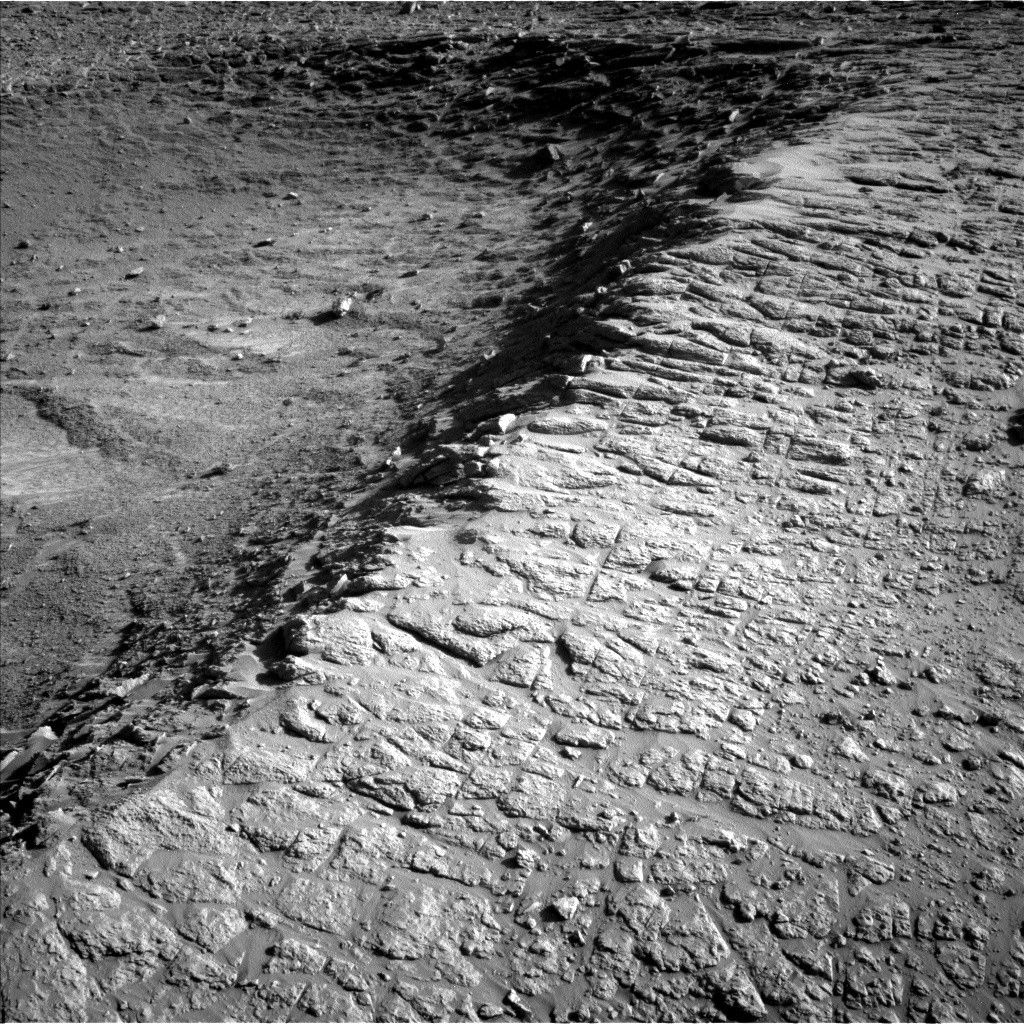NASA’s Curiosity rover has recently captured striking images from a ridge on Mars, revealing the landscape of a region known as the “Thumb.” On August 21, 2025, the rover utilized its Left Navigation Camera to acquire these images during Sol 4636, or Martian day 4,636 of its mission. This latest photographic venture marks a significant moment in Curiosity’s ongoing exploration of Mars.
Curiosity is currently stationed atop a ridge, providing a vantage point over the “Thumb,” a topographic depression that scientists plan to explore in the coming week. The rover’s current location allows for detailed observations of the surrounding boxwork structures, which have been a focal point of research for several months. The images taken provide crucial insight into the geological features of this intriguing Martian terrain.
Power and Planning
With ample energy reserves and a three-sol window for scientific activities, the team has laid out an ambitious plan. Multiple observations of the boxwork structures are scheduled, including detailed imaging of targets named “Wallatiri,” “Mojo,” and “Samaipata.” Curiosity’s ChemCam will perform Laser-Induced Breakdown Spectroscopy (LIBS) measurements on both Samaipata and “Fort Samaipata.” Additionally, the rover’s MAHLI camera will focus on Samaipata along with “Vitichi” and “Tartagalita,” while APXS will gather data on these targets.
A standout feature of this imaging plan is a large 44-image mosaic of the north crater rim. This ambitious project takes advantage of the current low dust levels in Mars’ atmosphere, enhancing the clarity and detail of the images. The ChemCam will also capture several Remote Micro-Imager (RMI) photos of the “Mishe Mokwa” butte, as well as an outcrop at “Dragones,” which the rover is set to approach in the upcoming months.
Atmospheric Observations
In addition to geological investigations, Curiosity will conduct a series of atmospheric observations. This includes routine measurements from the Dynamic Albedo of Neutrons (DAN), the Rover Environmental Monitoring Station (REMS), and the Radiation Assessment Detector (RAD). The rover’s Navigation Cameras (Navcams) will also document dust devils and cloud activity, further enriching the scientific data collected during this phase of exploration.
Despite the extensive planned observations, the team has opted for a relatively short drive of approximately 2 meters (about 6.6 feet) today. This decision underscores the commitment to thoroughly investigate the ridge before proceeding to the Thumb region.
As Curiosity continues to explore and document the Martian landscape, the insights gained from these imaging endeavors promise to advance our understanding of Mars’ geological history and atmospheric conditions. The Curiosity team remains eager to share more findings as the mission progresses.
For more updates from the Curiosity team, visit NASA’s official website for mission updates, or learn about the rover’s scientific instruments and their contributions to Martian exploration.
